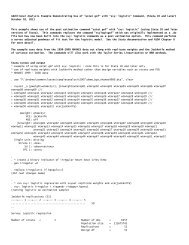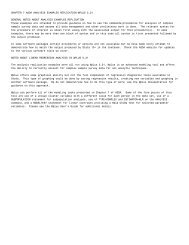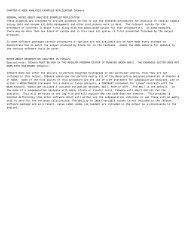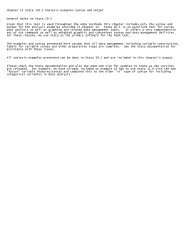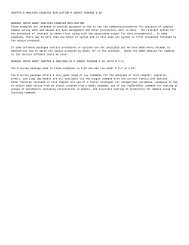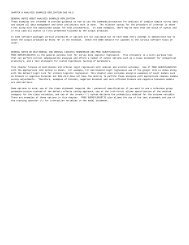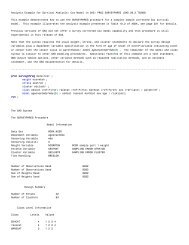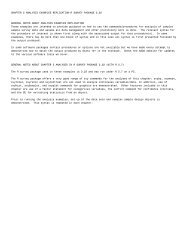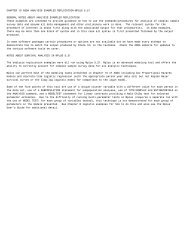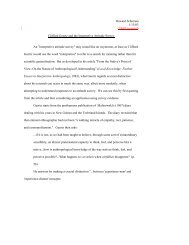Variance Estimation for the General Regression Estimator
Variance Estimation for the General Regression Estimator
Variance Estimation for the General Regression Estimator
Create successful ePaper yourself
Turn your PDF publications into a flip-book with our unique Google optimized e-Paper software.
1<br />
ABSTRACT<br />
A variety of estimators of <strong>the</strong> variance of <strong>the</strong> general regression (GREG) estimator of a<br />
mean have been proposed in <strong>the</strong> sampling literature, mainly with <strong>the</strong> goal of estimating <strong>the</strong><br />
design-based variance. <strong>Estimator</strong>s can be easily constructed that, under certain conditions, are<br />
approximately unbiased <strong>for</strong> both <strong>the</strong> design-variance and <strong>the</strong> model-variance. Several dualpurpose<br />
estimators are studied here in single-stage sampling. These choices are robust<br />
estimators of a model-variance even if <strong>the</strong> model that motivates <strong>the</strong> GREG has an incorrect<br />
variance parameter.<br />
A key feature of <strong>the</strong> robust estimators is <strong>the</strong> adjustment of squared residuals by factors<br />
analogous to <strong>the</strong> leverages used in standard regression analysis. We also show that <strong>the</strong> deleteone<br />
jackknife implicitly includes <strong>the</strong> leverage adjustments and is a good choice from ei<strong>the</strong>r <strong>the</strong><br />
design-based or model-based perspective. In a set of simulations, <strong>the</strong>se variance estimators have<br />
small bias and produce confidence intervals with near-nominal coverage rates <strong>for</strong> several<br />
sampling methods, sample sizes, and populations in single-stage sampling.<br />
We also present simulation results <strong>for</strong> a skewed population where all variance estimators<br />
per<strong>for</strong>m poorly. Samples that do not adequately represent <strong>the</strong> units with large values lead to<br />
estimated means that are too small, variance estimates that are too small, and confidence<br />
intervals that cover at far less than <strong>the</strong> nominal rate. These defects need to be avoided at <strong>the</strong><br />
design stage by selecting samples that cover <strong>the</strong> extreme units well. However, in populations<br />
with inadequate design in<strong>for</strong>mation this will not be feasible.<br />
KEY WORDS: Confidence interval coverage; Hat matrix; Jackknife; Leverage;<br />
Model unbiased; Skewness



